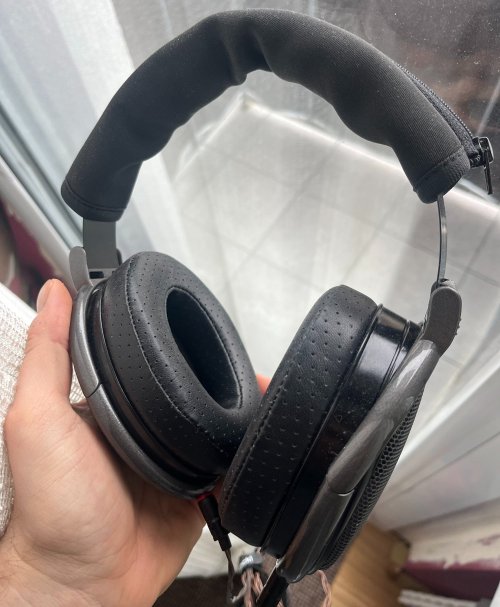Harman is a crutch, it's broken (yeah, I said it and that's just me) and shouldn't be the basis of comparing a speaker/hp FR. If a specific target curve would be the standard-norm then all speakers in a monitoring setting like studios wouldn't flatten their FR. So why not base the comparison to a flat response instead of someone's perceived and preferred standard? That's just the logical me, not the smart me lol

Lots to untangle here. First of all, I don't think anyone has actually represented the HD 660S2 to the Harman target (I know we certainly haven't), so maybe all this discussion around it comes from a misconception that
any reference curve is that - but really it's not. But to get closer to the heart of your comment here, I think you may be misunderstanding raw vs compensated frequency response measurements.
When you measure speakers, you don't measure at the ear drum, but because headphones are worn on the head, you do measure at the ear drum (simulated with a measurement fixture). There are a number of reasons for this, but the simplest explanation is that the acoustic conditions change when there's coupling to the side of a human head, and those are necessarily the conditions in which we listen to headphones. So if you're looking at speaker measurements, a flat response may be desirable. But if you were to measure that same 'flat' speaker at the ear drum, you would not see a flat response, you would see a response somewhat similar to what you find with the Harman curve (or other reference curves based on diffuse field... something folks don't commonly realize is that DF and Harman 'in-room' are actually very similar). The reason for this is because the sound is interacting with various features of the human ear, head, and torso. These effects combined are often called 'ear gain', or you may have read about the head-related transfer function, and this is what we're talking about with those terms.
So with raw measurements of a headphone, you
never want that to measure flat. With compensated measurements, however, depending on what the normalization (target) is, you may want it to measure flat - the same way you may want that speaker to measure flat.
Now to get to the preference stuff, as it relates to speakers, the Harman research shows that people prefer a similar 'tilt' or 'slope' (distance between bass and treble) to headphones as they do in speakers. And this is also in keeping with... generations of other research on this same topic. In over-ear headphones, this looks like a downward tilting slope by about 8dB (from flat). What's unique about Harman, and where that research is a bit of an outlier, is the shape of that slope. In their case, they based it around common effects of having a subwoofer, which was one of the shelf filters listeners could adjust, and that's why it has a more distinct bass shelf around the crossover frequency that you'd get in speakers. But other slopes are quite a bit more gradual, even though they all tend to show a preference for that same 8dB delta. So essentially... all of this
is in fact anchored to and congruent with speaker research that's considered 'reference'.
EDIT:
And just to be clear - what we've done with for the measurement of the HD 660S2 is represent it relative to diffuse field with an 8dB slope applied, because there is no Harman target for this new measurement fixture we're using. But for those who want to discard the preference elements and just have it based on the diffuse field head-related transfer function, it's backwards compatible with that too. You probably won't like the way that sounds, but it's there.






























